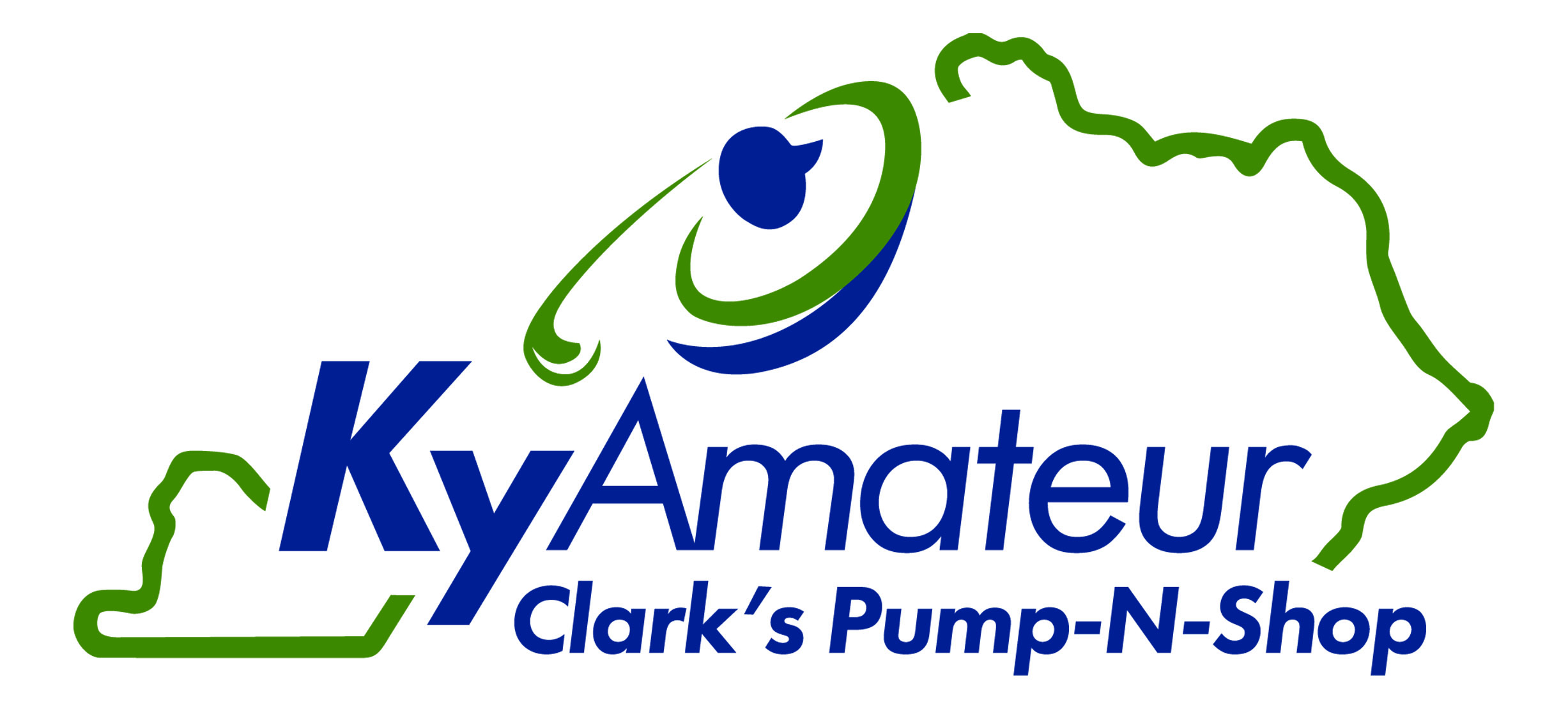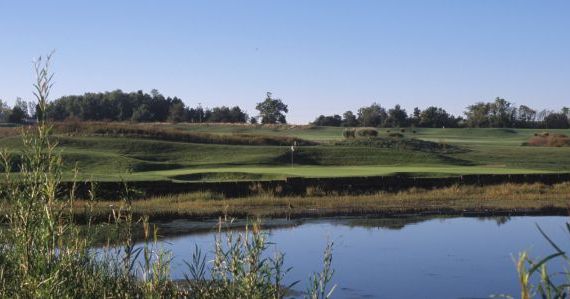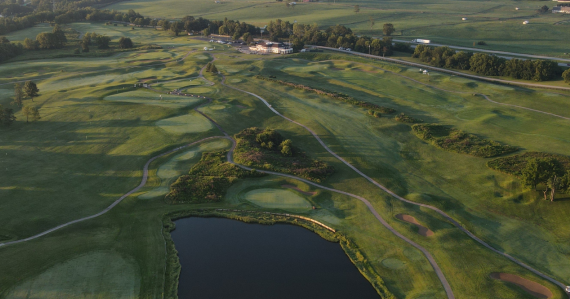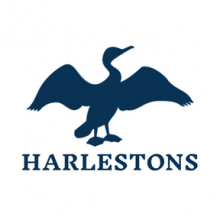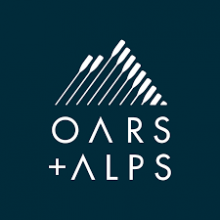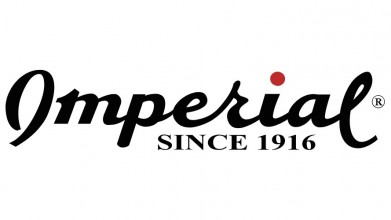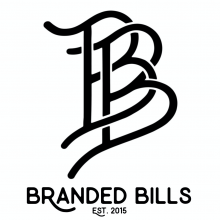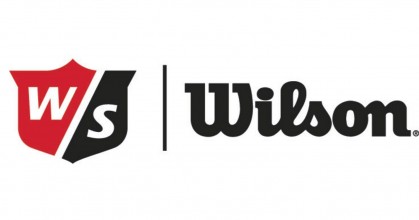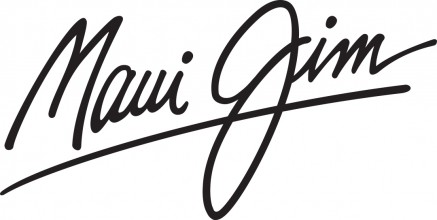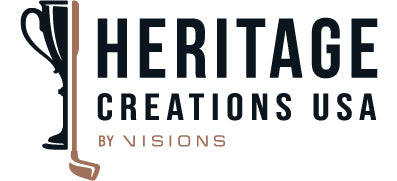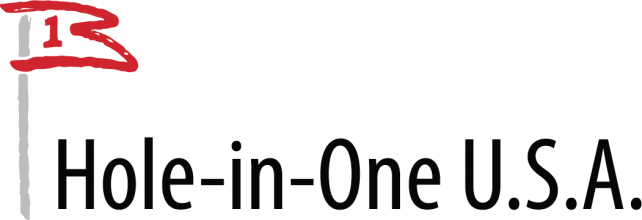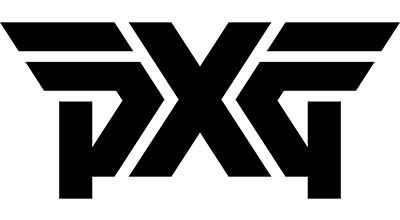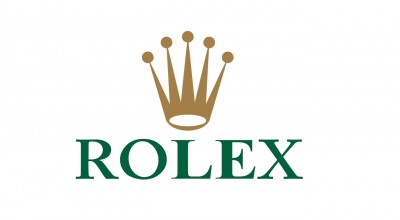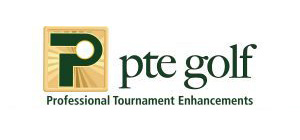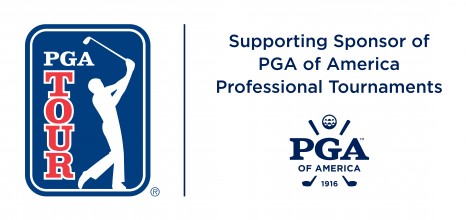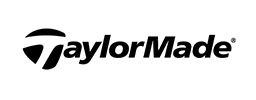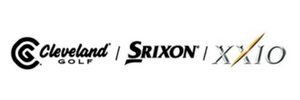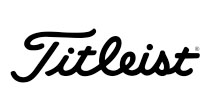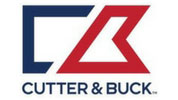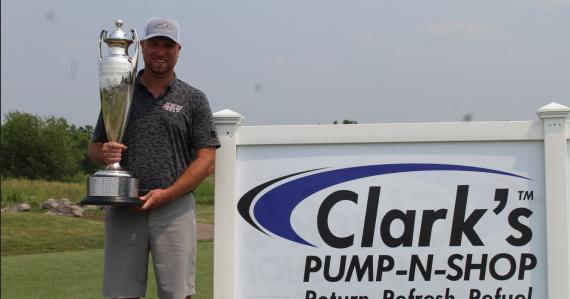
News
Previewing Lexington Country Club
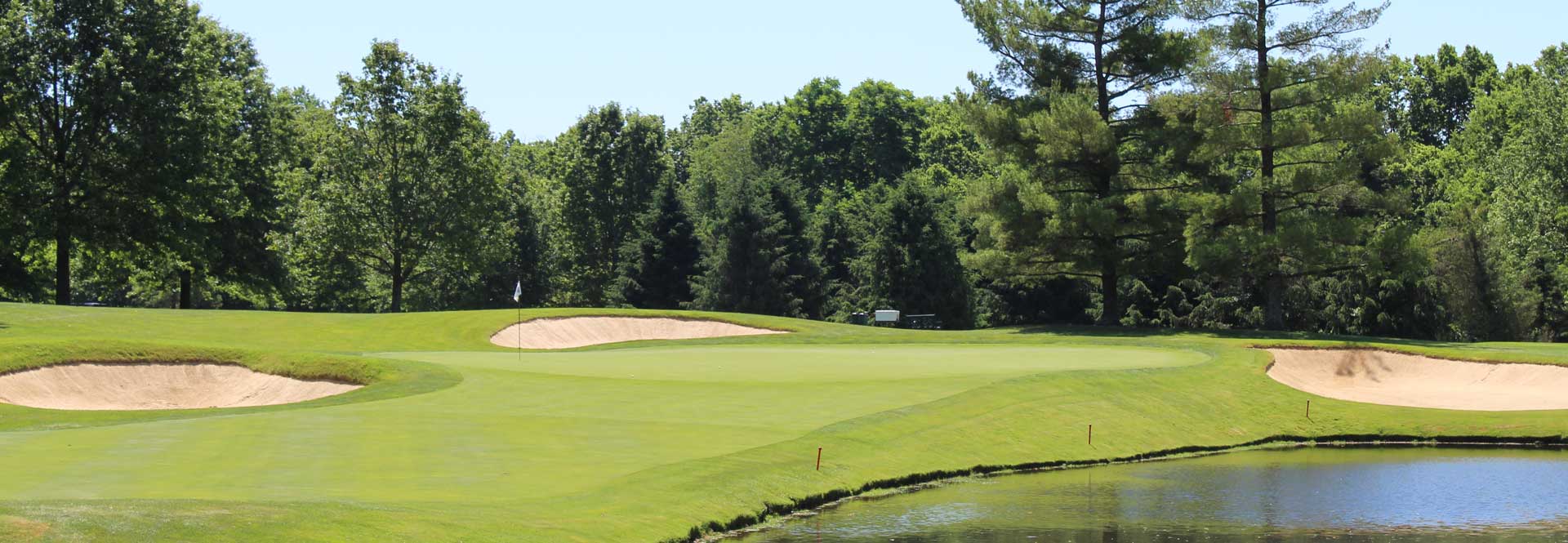
The Clark’s Pump-N-Shop Kentucky Amateur is bound for a familiar location. The 106th edition of the tournament will take place at Lexington Country Club, with this being the ninth occasion the beautiful facility has hosted this competition. You have to go all the way back to 1914 when Lexington Country Club staged the event for the first time. It was the fourth contesting of the tournament, won by John Marshall Jr. So it’s a fitting destination for the tournament; this is Kentucky’s most historic competition, and it comes to one of Kentucky’s most historic golf clubs. When the tournament concludes, Lexington Country Club will tie Louisville Country Club as the second-most used golf course to hold the event, while next year’s venue Audubon Country Club leads with the most appearances (11).
The golf course opened for play in 1912 under the architecture of Tom Bendelow. one of the most influential architects of all time. Nicknamed the “Johnny Appleseed of American golf”, there are approximately 600 golf courses he built with multiple designs tagged as historic destinations by the National Park Service. Some of his notable designs include all three golf courses at Medinah Country Club in Chicago, East Lake Golf Club in Atlanta and Algonquin Golf Club in St. Louis. The following excerpt from the American Society of Golf Course Architects nicely describes Bendelow’s philosophy and how he went about his work.
“It would be fair to call Bendelow’s approach to course design a ‘naturalist’s approach,’ in that he strove to utilize the natural features of the chosen site to maximum advantage. If a site had an especially unique feature – rock outcrop, stream, grove of trees, scenic view – he would work his hole placements in such a way as to take full advantage of the features even if that meant working his layout from the middle out. Bendelow’s designs changed as the game of golf changed. When given good sites and adequate resources with which to work, he could produce a very challenging layout, equal to the best work of the day. His personal goal, however, was to build good, solid, enjoyable golf courses – ‘sporty’ was his favorite term – for use by the vast majority of American golfers. While Medinah’s No. 3 Course may continue to be listed as Bendelow’s best work, others may argue otherwise. There are dozens of Tom Bendelow-designed golf courses that continue to provide a challenging and pleasurable experience to the present-day golfer.”
When Bendelow laid out his plans for Lexington Country Club, there was some hesitation from the club’s powers that be the golf course would be too difficult to enjoy for the membership. The facility’s website provides an overview of how that process unfolded.
“The Board of Governors… feared that the course as laid out by Mr. Bendelow might be so difficult and so full of hazards as to destroy the pleasure of those who are not experts, and had Mr. W.T. Withers and Harry Waters go over the grounds as laid out by Mr. Bendelow, and make such changes as in their judgment seemed wise. Members of the Club were encouraged to walk or play through the course both as Bendelow had designed it and as Withers and Waters had amended it to see which course was more suitable for the membership. Once they had a chance to review the course, the members’ votes were recorded in a book in the clubhouse. The majority vote would decide the shape of the Lexington Country Club golf course. In the end, the club made some minor modifications to the original Bendelow design and began construction on the Lexington Country Club course.”
But as is so often the case with century-old golf courses, changes have been made in the years since that have altered Bendelow’s original crafting. The 1st, 2nd, 10th, and 18th greens are the only putting surfaces that remain as Bendelow originally designed them, according to a book documenting the history of the facility. Pete Dye and Benjamin Wihry, a Louisville native, would be brought in in 1961 and 1975, respectively, to oversee some changes to the golf course.

Dye’s changes were brought about by the acquisition of acreage on the southeast side of the property. Dye redesigned the 12th, 15th and 16th holes and in classic Pete Dye fashion, those three putting surfaces became three of the most difficult on a golf course already famous for tricky greens.
Wihry was needed when the bordering Paris Pike Highway was set to be expanded and bound to cut into the facility’s property lines. While the golf course used to wrap around the clubhouse and “surround” it, the expansion of the road made that unrealistic to continue. Three holes were ultimately rerouted from this change. As is the case now, the clubhouse sits north of all holes on property while overlooking the 1st and 10th tees along with the 9th and 18th greens.
Greg Griffith, PGA Head Professional at Lexington Country Club has been in his role for about a dozen years now and has gotten quite familiar with the golf course’s style and how to navigate it. As was referenced above, the key to getting around these 18 holes is how the player handles the greens.
“The greens are this golf course’s ultimate defense,” Griffith said. “The lack of penalty areas and out of bounds on so many holes here means negotiating the greens is the difference in who separates themselves from the field. Players with talent on and around the greens will have success here, as will those who are precise with their irons and can get the ball on the correct side of the green.”
One element that will further steer the leaderboard in the direction Griffith describes is the fact this tournament is being held in September, not June like it usually is because of the COVID-19 pandemic. If the coronavirus has done anything positive, it would be that playing this tournament in September means the greens will be all the more challenging to negotiate, according to Griffith. Because of the cooler weather allowing the grounds crew to be more hands-on with their care of the golf course, the ability to dial up the speed without making the speeds unfair should be on display during the tournament.
Griffith estimates -9 to be a good ballpark figure for where the eventual champion will need to be when the 54-hole competition concludes. Andy Roberts, the 2010 Kentucky Open champion at Lexington Country Club, won with that score and will be in the field this week to try to replicate that success. For whoever the 106th Clark’s Pump-N-Shop Kentucky Amateur champion turns out to be along with all others competing, Griffith hopes and expects players to have a great week.
“It’s always really fun to host big-time tournaments like this. I hope everyone competing enjoys their time and has a lot of fun because everyone here from our staff to our membership can’t wait.”
As the tournament draws closer by the second, it feels appropriate to end with this passage from local coverage at the time of the course’s construction in regards to how the final product would turn out. “(Lexington) will be an eighteen-hole course, and there will be no better course in the state, in fact no better course in the country.”
